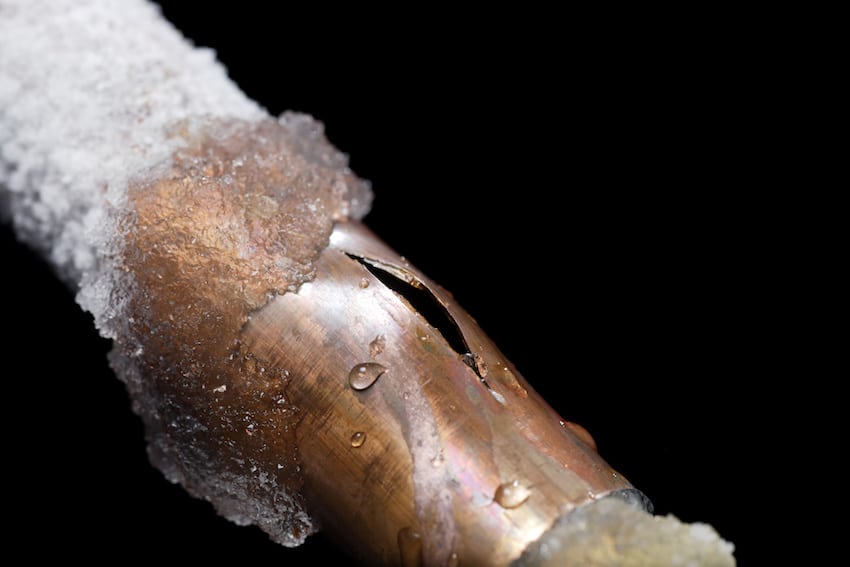It’s 2 a.m. Memorial Day weekend and you’ve got a burst pipe. Your first call will be to a trustworthy emergency plumber in Yonkers, but in the meantime, you need to try to stop any more damage from happening to your home. Unexpected plumbing problems can push you to understanding a few techniques on how to fix a leaking pipe, unclog a drain, or repair a running toilet.
Not every plumbing emergency will be a situation you can handle on your own, but knowing how to prevent extensive damage can help save money before the pros arrive. As licensed and insured Yonkers plumbers, Flotechs knows these issues rarely come with a warning, so here are a few tips on how to handle different plumbing problems.
Plumbing Emergencies & Solutions
- Running Toilet: How do I fix a running toilet? That’s a question our team hears a lot, and it may not require a plumber visiting your home. Fixing a running toilet is usually a DIY project. Start with testing the flapper by pushing down on it. If the running water noise stops, you’ve found the culprit. Replace the flapper with the same style. If the flapper isn’t the problem, check the fill tube connected to the overflow pipe. One possibility is that the water level is set too high. If water is going into the overflow tube, you’ll need to adjust the float until the water is about an inch below the tube.
- Leaking Pipe: Turn off the water supply immediately to any leaking pipe. Pooling water can cause serious damage to your home, and even a slow leak can turn into a major issue. To fix a leaking pipe, disconnect the pipes at the threaded connection. Dry the threaded surface and apply Teflon tape or Teflon pipe joint compound. These materials will reaffirm the threaded connection and help reduce leaking at plumbing joints for a long time to come.
- Burst Pipe: A burst pipe can happen in a number of different ways, which means how to fix a burst pipe will change depending on your situation. For a pinhole size leak, use duct tape to stop the leak until a plumber arrives or you can replace the piece of piping. If the pipe has a significant break, use a piece of rubber to seal the opening and secure it with a sleeve clamp (the size of the sleeve clamp will vary depending on the size of your pipe).
- Dripping Faucet: While a slow dripping faucet may seem like more of an annoyance than a sever plumbing problem, keep in mind that just three drips per minute leads to more than 100 gallons of water wasted over the course of a year. Use this water drip calculator to determine how much water (and cash) you’re losing to a leaking faucet.
- Blocked Drain: Before you begin pouring a bottle of chemicals down your drain to unclog it, see if you can actually remove the problem rather than pushing it further along in your pipes with a liquid cure. You’ll need some rubber gloves, a plumbing snake (or wire hanger) and possibly a plunger. If the problem is with the toilet or kitchen sink drain, use the plunger – completely sealing the rim of the plunger cup to the toilet bowl or sink for maximum affect. If the clog remains, bend the plumbing snake or wire hanger to a slight angle. Insert the wire into the drain to grab the blockage. This method also works for bathroom and shower drains. Hair and other material can build up in pipes over time. Using a method that removes the blockage instead of pushing it further down the pipe will help your plumbing system run better in the long-term.
Knowing a few simple ways to treat your plumbing problems will not only help prevent more damage before the professionals arrive, but you’ll also preserve the plumbing system throughout your entire home for decades to come.



